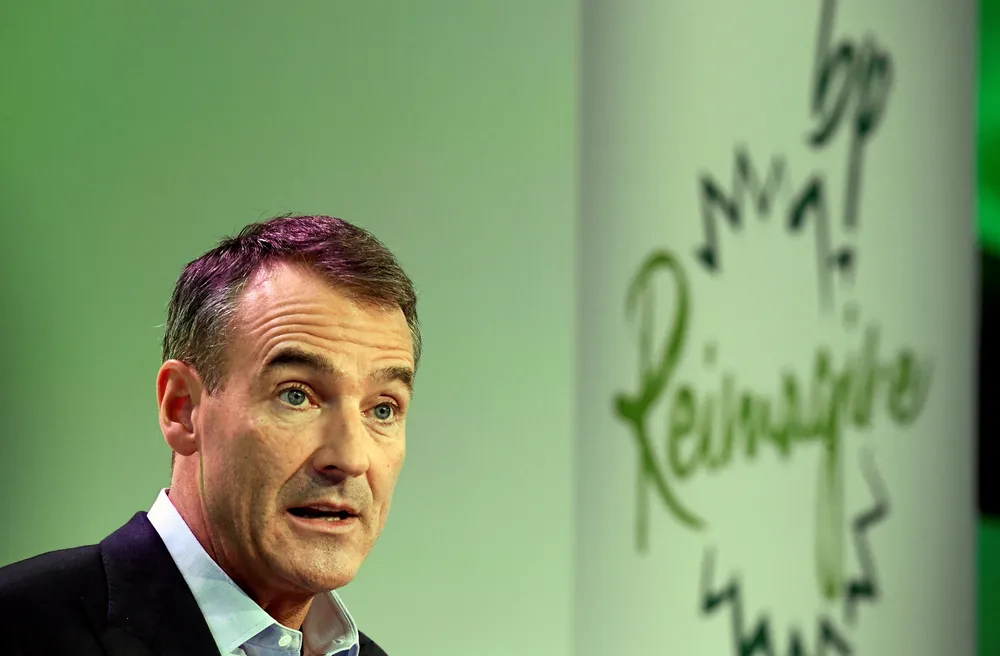BP enters 'delivery' phase: Energy transition growth strategy milestones speed into focus
Chief Bernard Looney promises to deploy half of capital budget on lower carbon by 2030 and repeats new mantra that supermajor will 'perform as we transform' from an 'international oil company to an integrated energy company'
